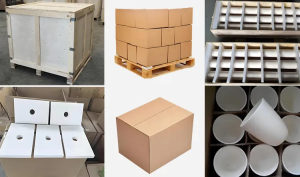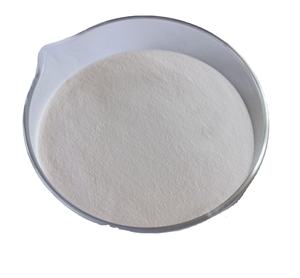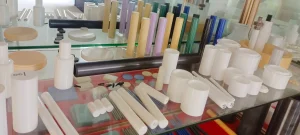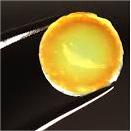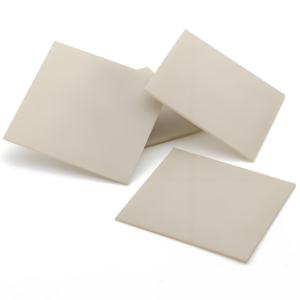Professional industry ceramic supplier, silicon nitride, silicon carbide, aluminum nitride and any other kinds of ceramics.
1. Introduction
When you hear ‘silicon carbide crucible,’ you might picture a lab or foundry—but this advanced ceramic material is far more versatile than you think. From melting metals at extreme temperatures to serving dinner on sleek black plates, silicon carbide (SiC) plays a surprising role in both heavy industry and modern kitchens. In this article, we’ll break down everything you need to know about silicon carbide crucibles and their broader family of applications.
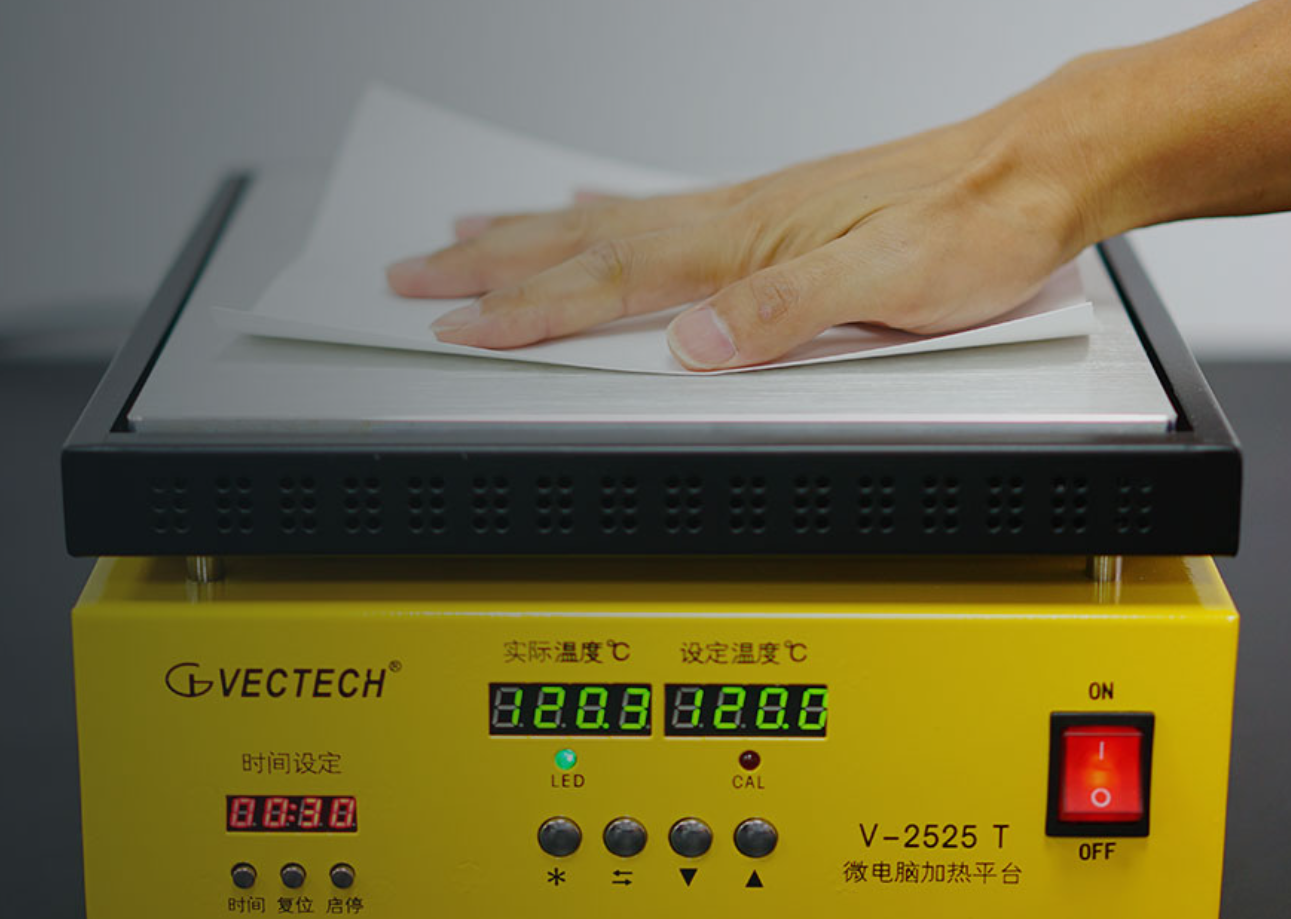
2. What Is a Silicon Carbide Crucible?
A silicon carbide crucible is a container made from silicon carbide ceramic, engineered to withstand extremely high temperatures—often exceeding 1,600°C (2,912°F). Thanks to its exceptional thermal conductivity, chemical inertness, and mechanical strength, it’s widely used in metallurgy, glassmaking, and laboratory settings for melting and holding reactive metals like aluminum, copper, and even precious alloys.
Unlike traditional clay or graphite crucibles, silicon carbide crucibles resist thermal shock and oxidation, making them ideal for repeated heating and cooling cycles without cracking or degrading.
3. Why Silicon Carbide? Key Properties and Advantages
Silicon carbide stands out among advanced ceramics for several reasons:

- Extreme hardness (close to diamond)
- High thermal conductivity—better than most metals
- Excellent resistance to wear, corrosion, and thermal shock
- Low thermal expansion, ensuring dimensional stability under heat
These traits make silicon carbide not just suitable for crucibles, but also for components like silicon carbide burner nozzles, silicon carbide ceramic tubes, and even silicon carbide brick linings in furnaces.
4. Beyond Crucibles: The Everyday Side of Silicon Carbide Ceramics
You might be surprised to learn that silicon carbide isn’t just for industrial use. Its durability and aesthetic appeal have led to a rise in consumer-grade silicon carbide ceramic dinnerware. Think: silicon carbide ceramic dinner plates, silicon carbide ceramic baking dishes, and even silicon carbide ceramic butter dishes with lids.
Brands and artisans now offer handcrafted items like silicon carbide ceramic salad bowls, silicon carbide ceramic casserole dishes with lids, and festive pieces such as silicon carbide christmas ceramic platters. Whether you prefer silicon carbide white ceramic plates or bold silicon carbide black plates ceramic, this material delivers both function and style.
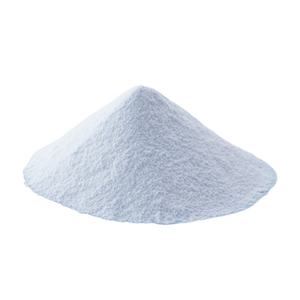
5. Silicon Carbide vs. Other Advanced Ceramics
While silicon carbide excels in many areas, it’s often compared to other high-performance ceramics. For instance, boron carbide vs silicon carbide is a common debate—boron carbide is harder and used in armor, but it’s more brittle and expensive. Silicon carbide offers a better balance of toughness, cost, and thermal performance for most industrial applications.
Then there’s silicon nitride—a different advanced ceramic known for its fracture toughness and used in components like silicon nitride rings, custom silicon nitride heat shields, and even silicon nitride crucibles from specialized factories. Though both are advanced ceramics, silicon nitride performs better in dynamic load environments, while silicon carbide dominates in static, high-heat scenarios.
6. Industrial Components Made from Silicon Carbide
Beyond crucibles and dinnerware, silicon carbide is engineered into a wide array of technical parts:
- Silicon carbide ceramic columns and rbsic silicon carbide tile blocks for furnace structures
- Silicon carbide tubes for thermocouple protection and high-temperature gas flow
- Silicon carbide discs, including grinding discs, sanding discs, and even ceramic disc taps for plumbing
- Silicon carbide ceramic piping and porous ceramic tubes for filtration
These components are vital in sectors like aerospace, semiconductor manufacturing, and energy production, where reliability under extreme conditions is non-negotiable.
7. Choosing the Right Ceramic for Your Needs
Whether you’re sourcing a zirconia crucible for lab work, an alumina tube for insulation, or a silicon carbide ceramic oven dish for home baking, understanding material properties is key. Silicon carbide crucibles are unmatched for high-heat metal processing, while silicon nitride might be better for mechanical parts under stress. And for your kitchen? Silicon carbide ceramic dishes combine safety, durability, and modern design—without the risks sometimes associated with lower-quality ceramic cookware.
8. Conclusion
From the heart of a foundry to your holiday dinner table, the silicon carbide crucible represents just one facet of a remarkably adaptable material. As advanced ceramics continue to evolve, silicon carbide remains a cornerstone—valued for its strength, resilience, and surprising versatility across industries and everyday life.
Our Website founded on October 17, 2012, is a high-tech enterprise committed to the research and development, production, processing, sales and technical services of ceramic relative materials such as 7. Our products includes but not limited to Boron Carbide Ceramic Products, Boron Nitride Ceramic Products, Silicon Carbide Ceramic Products, Silicon Nitride Ceramic Products, Zirconium Dioxide Ceramic Products, etc. If you are interested, please feel free to contact us.

